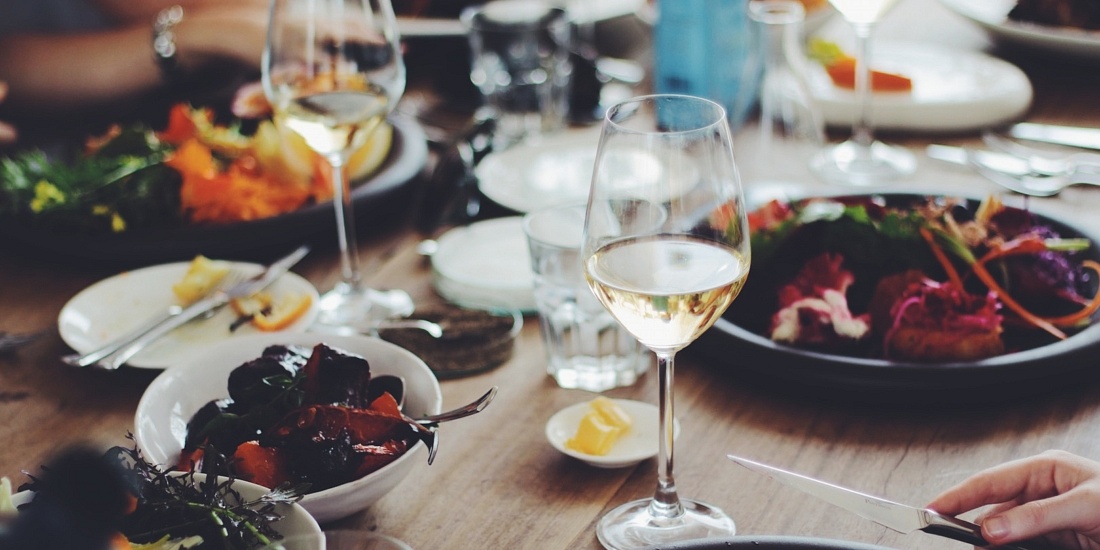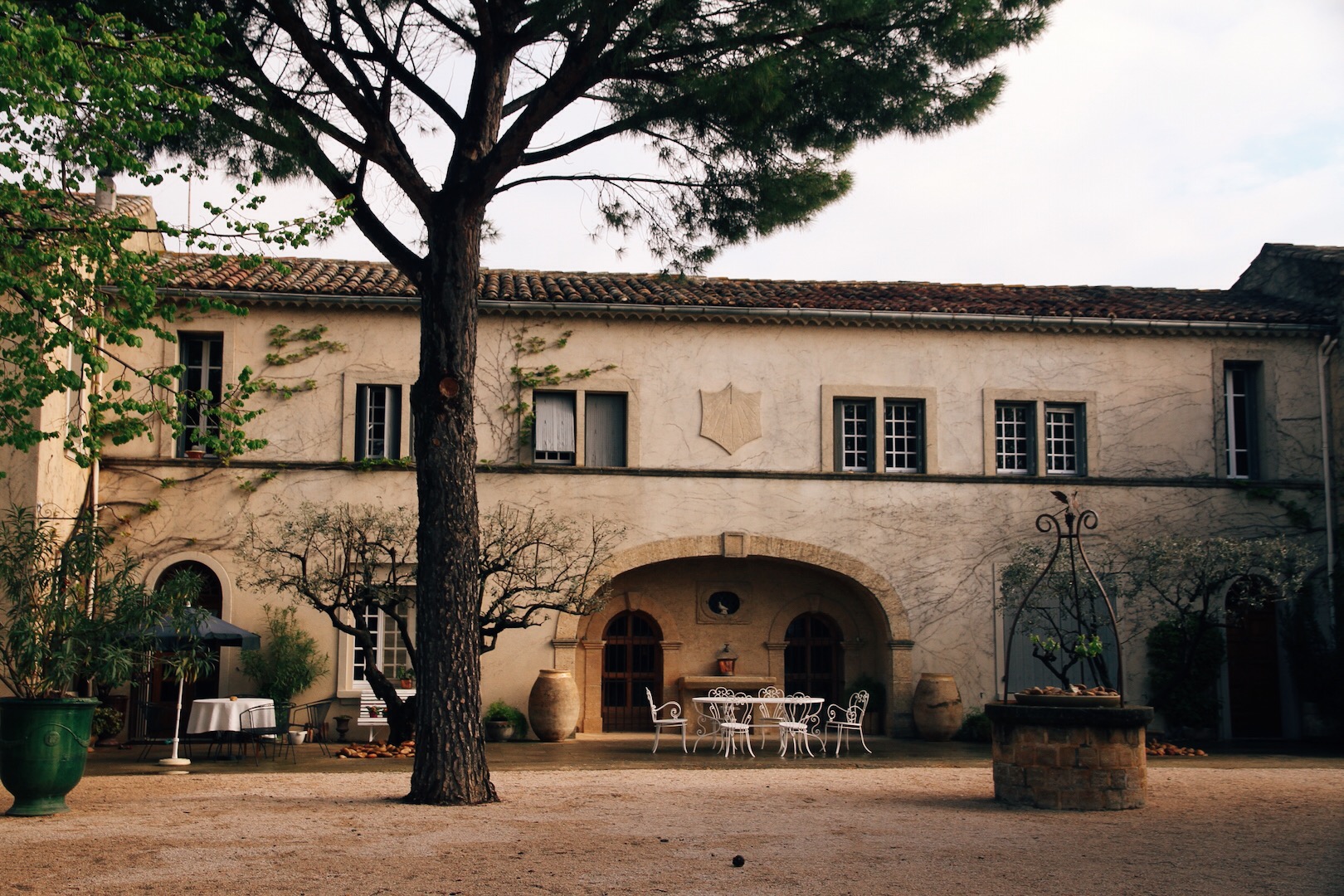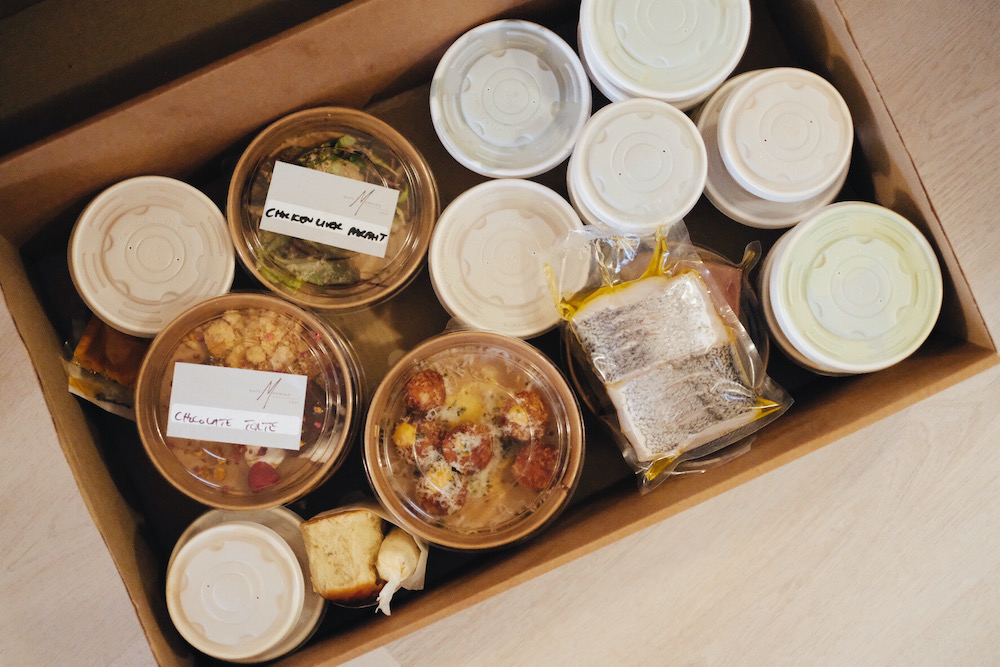What the glob? If wine is made just from grapes, then how in the world are people tasting different flavours like strawberry, spice or butter? Welcome to a new edition of Wine Tasting 101! Let’s start at the very beginning: training your senses. If you’ve ever sat down to enjoy a glass of wine, you’ll know as well as anyone, that when it comes to it, there are 3 key senses involved: sight, smell and taste. In the past, we focused on the nose, and this time, we’re moving onto our trusty tastebuds. What are the different flavours of wine?
Where do the Flavours in my Wine come from?
If you pick a fresh Shiraz grape off the vine, it won’t taste like the Shiraz wine in your glass. So where do the flavours in your wine come from? Blame it on the a-a-a-a-a alcohol. Well, rather on the aroma compounds (called stereoisomers) which are released by the alcohol in wine. Grapes on the vine have no alcohol in them. They’re just like any other fruit – sugar filled and juicy. But the moment you squish them for winemaking, and then leave them in a barrel or tank to ferment, the yeast cells that are normally naturally present on the grapes start feeding on the exposed sugars in the squashed grapes and multiply, producing carbon dioxide gas and a-a-a-a-alcohol. Seeing as alcohol is a gas at room temperature, it carries these lighter-than-air aroma compounds into your nose and onto our palates. What makes wine tasting tricky and why it’s hard to get a general consensus when tasting is that there are several different aroma compounds in wine, affecting the overall flavour. On top of this, our brain (a wonderful thing) can think of many answers for one stereoisomer. You might think it smells like a rose, but your friend says litchi, and in actual fact, you’re both right as that is the scent of one common stereoisomer. So really, all that matters is that you taste, isolate flavours and pay attention to texture and body so you can start building your very own wine memory bank.

This week, we head to Babylonstoren wine farm in Paarl, as it’s the perfect place to learn about and experience flavours. Again, remember that everyone’s palate is different, so no one can be 100% correct. Luckily, there can be a general consensus on categories of smells and flavours. By taking you from the vegetable patch, through the flowers in the garden and back into the Babel restaurant, we’ll break down the most common flavours in wine and try to group some familiar grape varieties.

When it comes to aroma and flavour, these categories tend to overlap. The only difference is that what you smell on the nose may differ from what you taste in the mouth, or there may be even more (or less) flavours once you’ve sipped the wine. It doesn’t really matter – just know that the aromas you smell may be exactly the aromas you taste. These are the key 10 categories to try taste for (google ‘aroma wheel’ for more):
- Herbal / Vegetal
- Mineral
- Floral
- Fruity
- Savoury
- Spice
- Sweet
- Dairy
- Nutty
- Woody


 Herbal / Vegetal and Mineral Notes
Herbal / Vegetal and Mineral Notes
As we made our way through the farm garden, we came across hay separating the different patches of fennel and mint, our brogues and boots crossed the freshly cut grass, and as we got to the vegetable patch, we kneeled down to see the budding asparagus and green peppers sprouting from the flinty earth.
These are all smells you might find in a white wine, such as a Semillion. You’ll literally be able to pick up a vegetable garden in your glass, and that’s what makes it so interesting.
The Cape Floral Kingdom is famous during the months of August and September for sprouting rainbow coloured fynbos and lilies. Babylonstoren was not shy of a medley of newly bloomed blossoms, elderflowers and roses. As we walked through the array of aromas, the bees dived past us to get to the bundles of lavender and jasmine, all in the name of making honey for their queen.
Floral notes can extend to both white (e.g. jasmine and honey) and red wines (e.g. more violet and red rose flavours). A very aromatic white variety with regular floral tones is a Viognier, often used to freshen up white and red blends.
When it comes to wine, fruit flavours are the most predominant and easy to spot. And the good news is that white wines and red wines can both be split into their own categories. White wines will offer two major fruit types: tree fruit and citrus fruit. Tree fruit (sometimes referred to as ‘stone’ fruit because of the pip) are fruits like apricot, peach, apple and pear. A wine varietal that may exhibit tree fruit smells is Riesling. Citrus fruit, as you may have guessed, is more zesty and sour, with flavours like grapefruit, granadilla, lemon and pineapple often exhibiting a strong flavour. A wine that often exhibits citrus notes is a Chenin Blanc. A good trick to keep in mind when tasting is to think about the ripeness of the fruit that you are tasting (e.g. a lemon is more sour than a ripe, juicy pineapple).
Red wine will offer red fruit and black fruit. Red fruit is anything from cranberry and strawberry to cherry and candied berries, which will often be spotted on a Pinot Noir. Black fruit will be more blackberry, black plum, blueberry and fig tastes, more prominent on fuller-bodied wines such as Shiraz.
‘Who ordered the springbok?’, our waitress queried as she laid down the steaming plate. Yum! The savoury flavours of a wine can range, but look out for game, truffles, bacon, coffee, and spices. Rory immediately reached for the black pepper to spice his food, while wafts of cinnamon and liquorice filled the air from other people’s meals. Wines that often exhibit spicy notes include Cabernet Sauvignon.
To finish off our amazing, fresh-from-the-garden meal at Babel, we indulged in desserts. I prepared to delight in my favourite French dessert, the moelleux au chocolat, with chocolate and vanilla ice cream pairing beautifully together. A decadent crème brûlée also made an appearance, with its creamy, butterscotch filling and burnt sugar topping, served with a biscuit for taste. Wine with a creamy or butterscotch flavour will be a wooded Chardonnay, while biscuit notes are often exhibited by Champagne.
 So what have we learnt? Pretty much that the flavours of a wine are the flavours of life. Literally. All you need to do is savour food and try more new things (so really, an excellent excuse to eat more if there ever was one). Next time you’re out for lunch, I really recommend, once your food has arrived, to look at what categories your food could fit in if you were to taste it in a wine. It’s easiest to start by learning the categories: Herbal / Vegetal, Mineral, Floral, Fruity, Savoury, Spice, Sweet, Dairy, Nutty and Woody. Only once you can isolate those categories should you start trying to name subcategories like ‘strawberry’ or ‘butterscotch’. Remember, one sip at a time. You got this!
So what have we learnt? Pretty much that the flavours of a wine are the flavours of life. Literally. All you need to do is savour food and try more new things (so really, an excellent excuse to eat more if there ever was one). Next time you’re out for lunch, I really recommend, once your food has arrived, to look at what categories your food could fit in if you were to taste it in a wine. It’s easiest to start by learning the categories: Herbal / Vegetal, Mineral, Floral, Fruity, Savoury, Spice, Sweet, Dairy, Nutty and Woody. Only once you can isolate those categories should you start trying to name subcategories like ‘strawberry’ or ‘butterscotch’. Remember, one sip at a time. You got this!
























